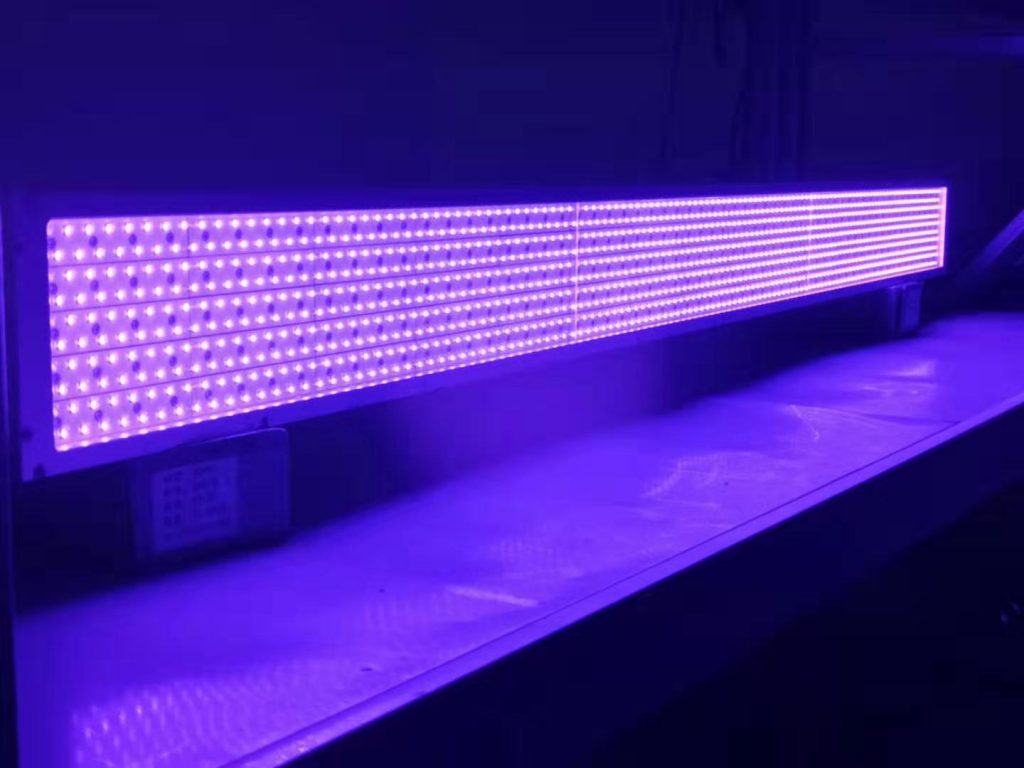-
Introduction: Explain what ultraviolet (UV) light is and why it is important for various applications. Mention the four wavelengths you are going to compare and contrast in your article.
- For each wavelength, describe its characteristics, advantages, disadvantages, and examples of applications. For example:
- 365 nm UV light: This wavelength is considered more powerful than 395 nm light in terms of illuminating tiny stains, cracks, and flecks of dried liquids 1 2. It also emits less visible light than 395 nm light, which makes it more suitable for detecting fluorescence effects. However, it also requires more power and may be more expensive than 395 nm light 3. Some applications of 365 nm UV light include forensic investigation, mineral identification, art authentication, and curing of adhesives and coatings.
- 395 nm UV light: This wavelength is less powerful than 365 nm light in terms of illuminating tiny stains, cracks, and flecks of dried liquids 1 2. It also emits more visible light than 365 nm light, which makes it less suitable for detecting fluorescence effects. However, it also requires less power and may be cheaper than 365 nm light 3. Some applications of 395 nm UV light include scorpion hunting, pet urine detection, currency verification, and curing of adhesives and coatings.
- 405 nm UV light: This wavelength is not technically UV light but visible violet-blue light that has antimicrobial properties against a wide range of bacterial and fungal pathogens. It has lower germicidal efficacy than UV light but it is safer for continuous use in occupied environments. It can also inactivate some viruses such as SARS-CoV-2 and influenza A viruses under certain conditions . Some applications of 405 nm UV light include environmental disinfection, infection control, wound healing, and food preservation.
- Conclusion: Summarize the main points of your article and provide some recommendations or suggestions for future research or development on the topic.

